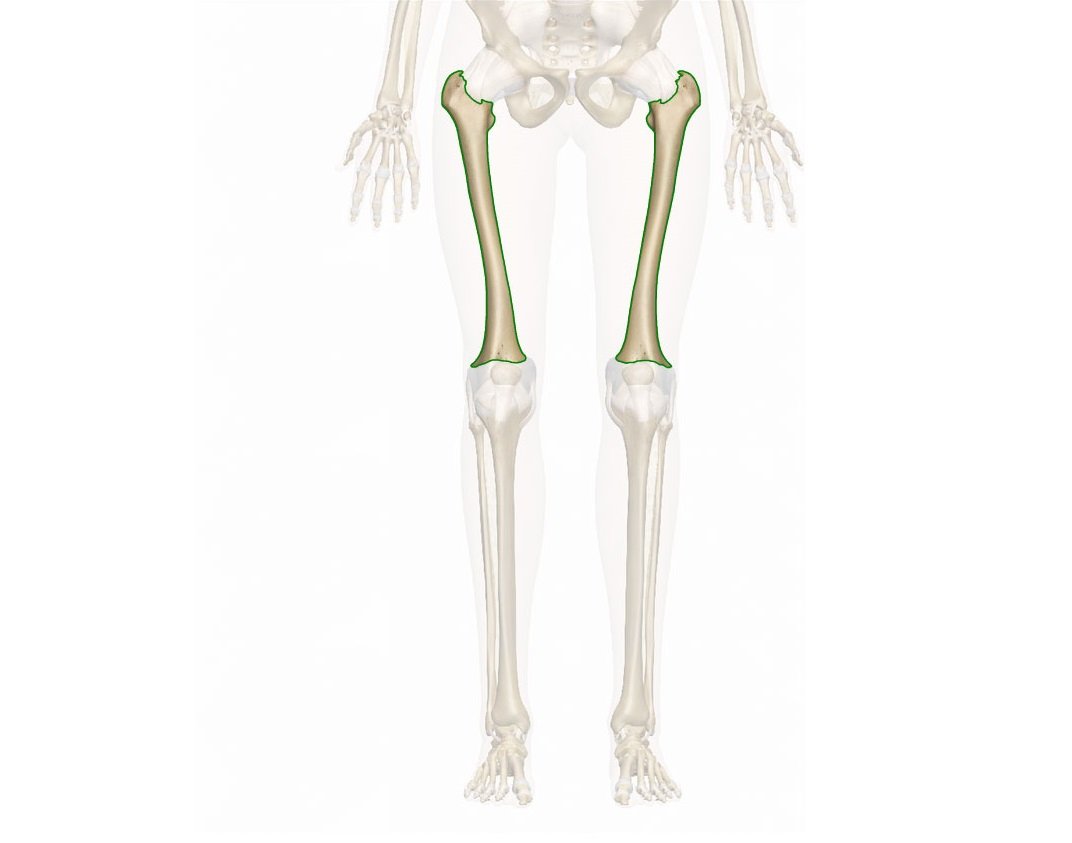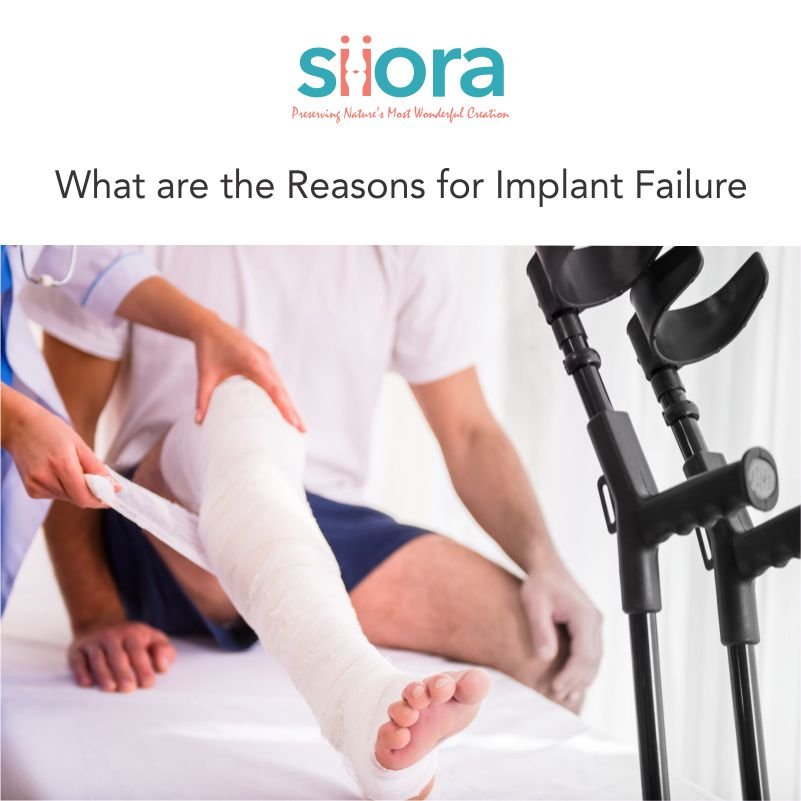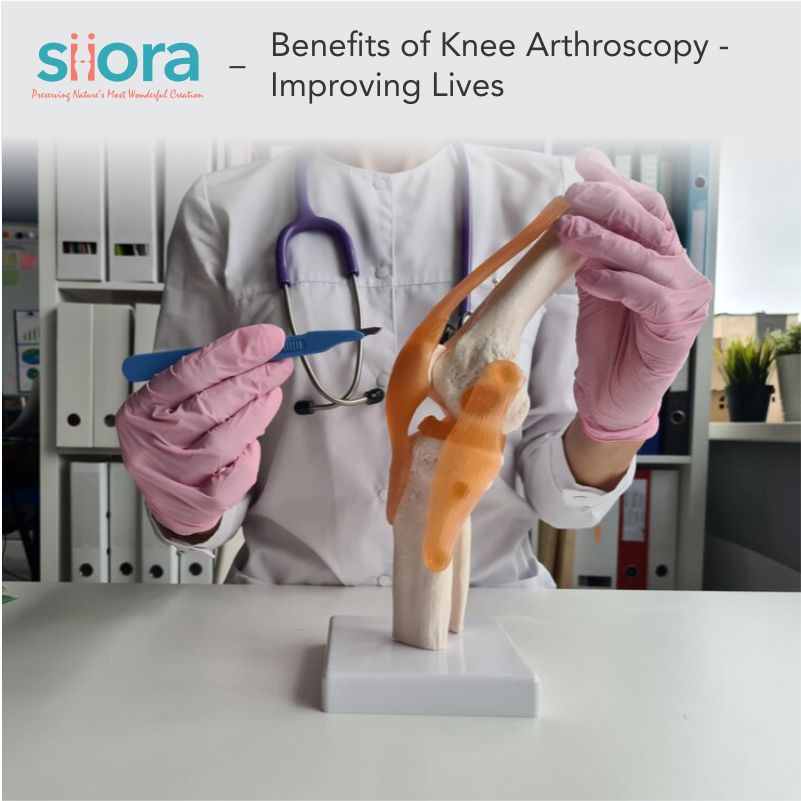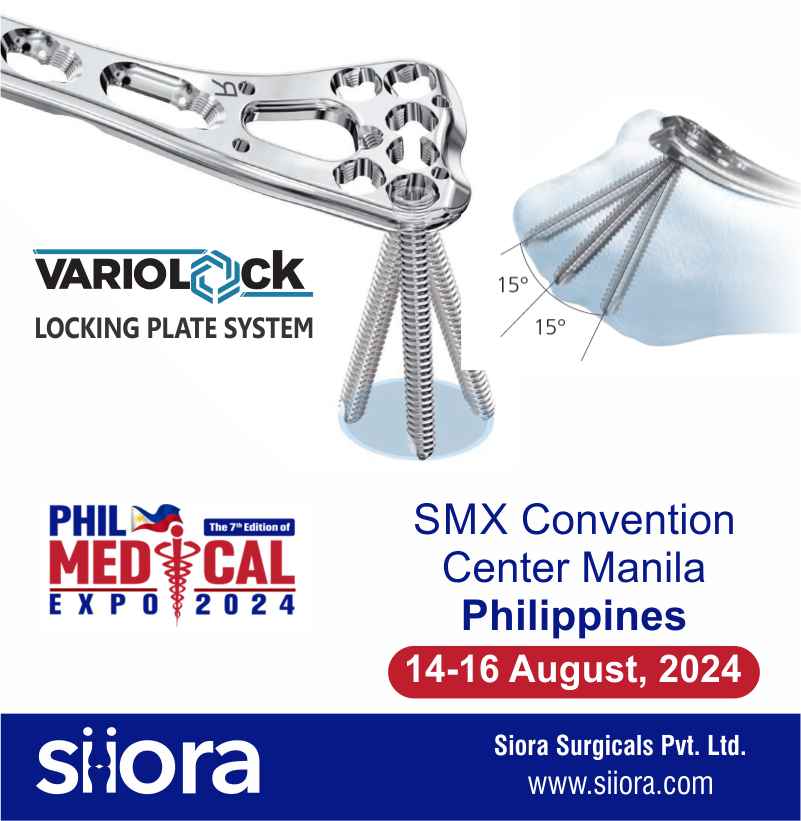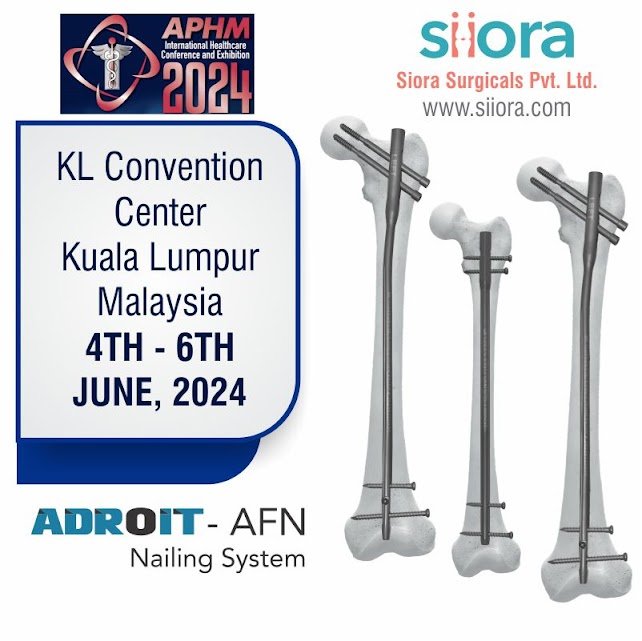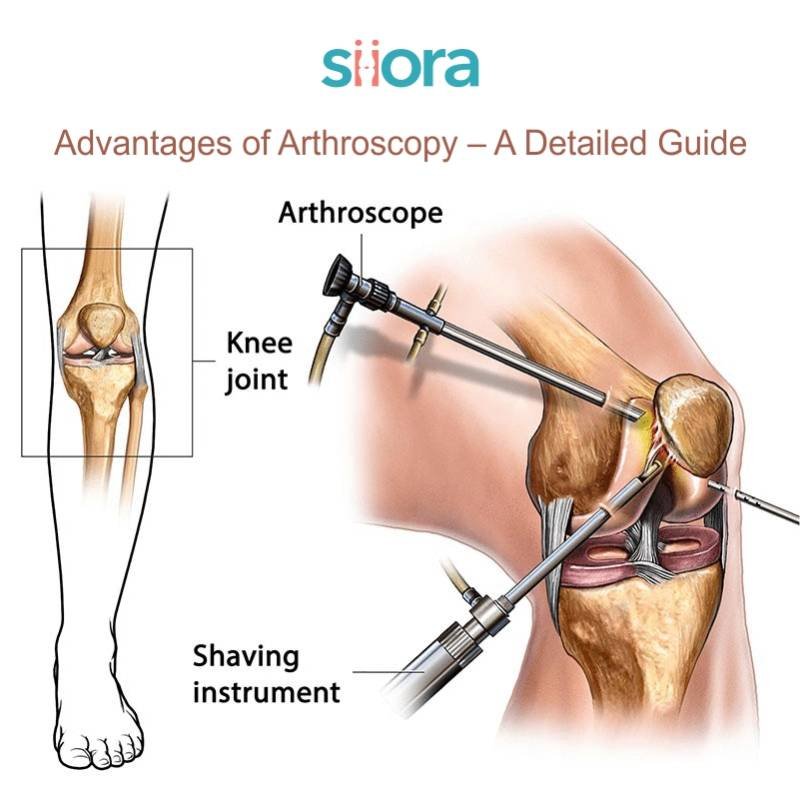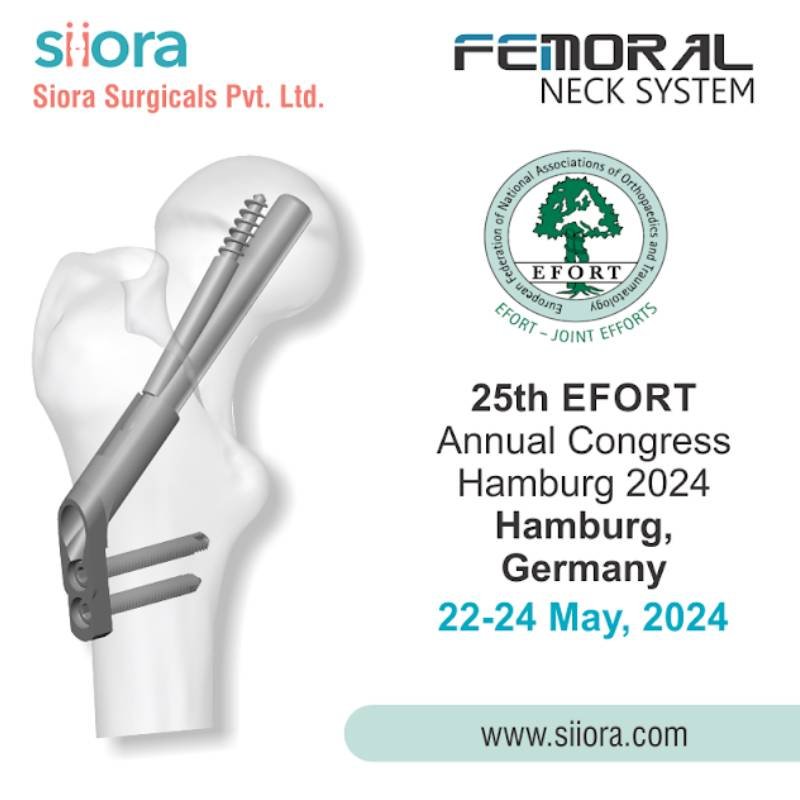Injuries to children leading to fracture of femoral bone are quite common. Non-surgical treatment option has been effective for common Pediatric Femur Fractures. Selecting treatment methods for femur fractures is dependent on the age of the child since the displacement (separation of the bone ends) that can be accepted depends on the child’s age and even widely displaced fractures have healed in young children.
Infants
Usually, cast treatment is adopted for treating Pediatric Femur fractures in infants and toddlers. A Pavlik harness may be preferred instead of a Spica cast in early infancy.
The rapid growth of bone in young children does not require the bone ends to be perfectly aligned. Over time, the bone remodels to a shape, where it may not be evident that the bone had been injured. Spica casting for about 4 to 6 weeks will be adequate for bone healing. However, in the case of most infants and toddlers.
Early Childhood
Spica casting is usually adequate for younger children (Up to the age of 6) to treat a femur fracture. As children get older, the duration of casting may be slightly longer. However, the bone still has excellent potential for healing.
For children in the 5 to 7-year age bracket, Orthopedic Surgeon has to make a decision in consultation with the parents for applying the best technique to heal the bone injury. While a Spica cast is a popular option in treating children, a doctor may decide to insert flexible rods inside the bone. The pros and cons must be well understood by the treating Doctor.
In Later Childhood
While there is no clear cutoff for spica casting options becoming less practical, but one must evaluate options with the surgeon. The surgical treatment options commonly adopted for femur fractures are:
- Flexible Rods: A flexible intramedullary nail is the most common treatment option for older children (age 7 – 12). These flexible rods are inserted just above the knee into the medullary canal of the femur bone and easily removed after treatment. The rods do not cross the growth plate. As the rods are not rigid, they cannot support the child. These young children heal very quickly, and the rods do not cause problems.
- External Fixation: External fixation uses a rod outside the patient’s body which is attached to the bone with long pins or screws. The external fixators are often used with open fractures or when the fractured bone is in many pieces (comminuted). Due to good results with the flexible rods, the use of external fixators is limited.
- Standard Rods: In an adult, an Intramedullary rod is the standard treatment for a femur fracture. Once a child’s growth plates have closed, only then this type of rod should be used. Around the ages of 11 to 14, most femur fractures will be treated in the same way as they are treated in an adult.
Above are general approaches for the treatment of common femur fractures but deciding the best treatment option in a situation depends not just on the age but on a number of factors of individual circumstances of the child, which may alter the treatment approach.

